 The fact that the second Global Maintenance Day will be celebrated next Sunday, June 9, shows just how important maintenance has become for smooth industrial production. The reason for this high priority is technological progress and the automation and digitalization of all industrial processes: Maintenance ensures efficiency as well as process stability and reliability for high productivity and excellent quality. Maintenance has thus become the guarantor of entrepreneurial success.
The fact that the second Global Maintenance Day will be celebrated next Sunday, June 9, shows just how important maintenance has become for smooth industrial production. The reason for this high priority is technological progress and the automation and digitalization of all industrial processes: Maintenance ensures efficiency as well as process stability and reliability for high productivity and excellent quality. Maintenance has thus become the guarantor of entrepreneurial success.
Effective maintenance plays a crucial role in ensuring the reliability and longevity of technological systems. Regular inspections, maintenance and, if necessary, repairs allow potential problems to be identified and rectified at an early stage before they lead to costly breakdowns or safety risks. This not only helps to maintain business continuity, but also minimizes the financial impact of production downtime costs. These indirect costs are often not taken into account by companies, although their share is at least twice as high as that of direct maintenance costs. In addition, a proactive maintenance strategy can help to optimize the performance and efficiency of production systems.
Predictive Maintenance
Sensors and artificial intelligence are used to continuously monitor and analyze operating data in predictive maintenance to identify and eliminate potential bottlenecks or inefficient processes. This improves overall performance and optimizes the use of resources.
Experience from around 350 ConMoto projects in maintenance and asset management shows that predictive maintenance currently accounts for just two to three percent of total maintenance expenditure on average. The daily work routine on the shop floor is therefore largely still very reactive or characterized by classic periodic inspection and maintenance. In positive terms, this means: There is huge potential for improvement. How sensible a maintenance strategy is can always be measured by its cost-effectiveness. The more affordable the measurement sensors and the data processing and analysis software programs become, the more predictive maintenance can become an economically viable option.
Mobile Maintenance
In the factory of the future, mobile maintenance is an important driver for the highly efficient use of plant and machinery. The key to simpler and improved processes in maintenance and asset management: employees in production and maintenance use tablets, smartphones and other mobile devices for the electronic exchange of data and information in real time. This enables the effective deployment of personnel, shortens response times and eliminates unnecessary process steps. Mobile systems and technologies have largely become the standard in maintenance management over the last years. Nevertheless there are still unnecessary waiting times, process interruptions, inefficient order processing and therefore avoidable production downtimes, which are very costly.
Only companies that pursue a clear implementation concept in economically viable areas when using mobile solutions and involve their employees in the necessary change processes will achieve optimum results. When implemented and used correctly, mobile maintenance promises a significant increase in efficiency because it helps to systematically avoid all eight types of waste in maintenance and asset management.
From maintenance to asset management
Comprehensive asset management shows the way to making the best possible use of existing plant and machine capacities while minimizing overall costs. If asset management begins with innovative asset planning, we speak of asset innovation/life cycle costing. Essentially, this involves the systematic alignment of new systems and machines with their value-optimized core functionalities and overall life cycle costs. It is no longer just the initial investment, i. h. decision-makers focus not only on acquisition costs, but also on maintenance costs, operating costs, ecological costs and production downtime costs over the entire system life cycle. Disposal costs must also be taken into account. All these cost drivers must be given the importance they deserve at the planning and development stage. Costs for maintenance, inspection and repair, production downtime costs and operating costs usually add up to a multiple of the initial acquisition costs during use. Depending on the service life of the system, these costs can be up to five times the original acquisition costs.
An example from the industry: With a maintenance cost rate of 5.5 percent p.a. for one system and an operating period of 25 years, the associated maintenance costs alone for personnel, materials and external service providers are already around 40 percent higher than the acquisition costs. Other significant items are added to this, such as the ongoing operating costs and, in particular, the costs and opportunity costs caused by technical system failures.



 Deutsch
Deutsch